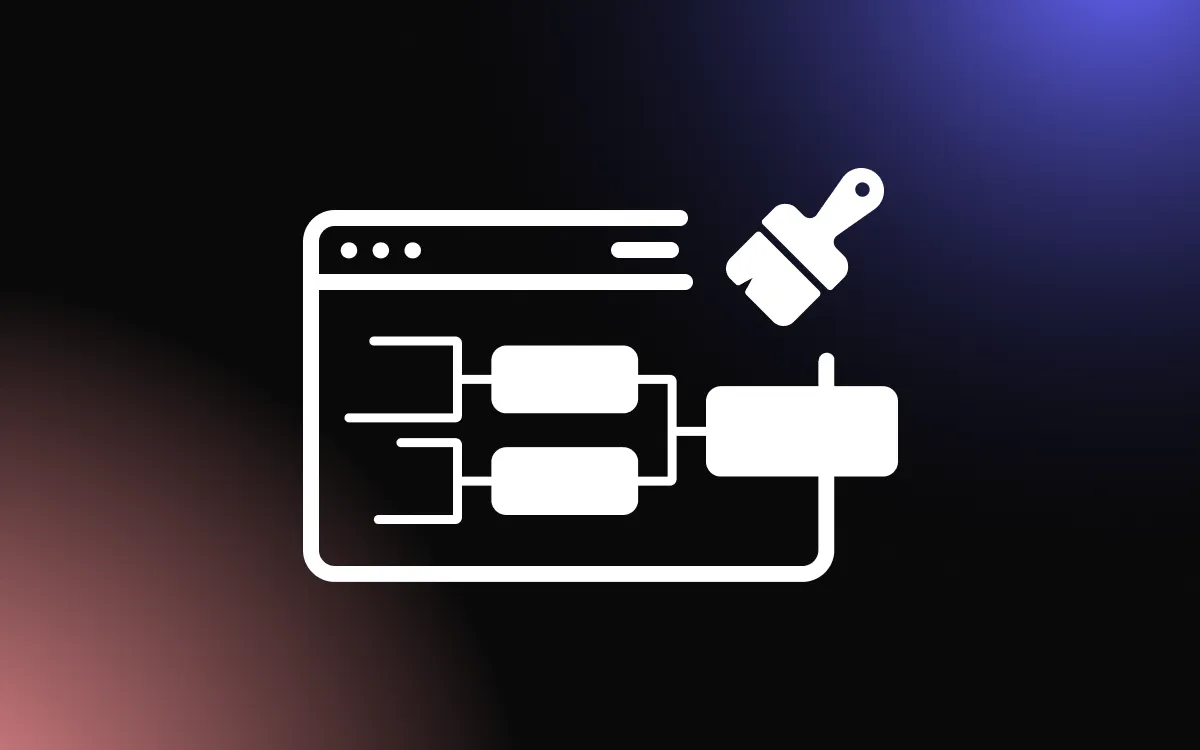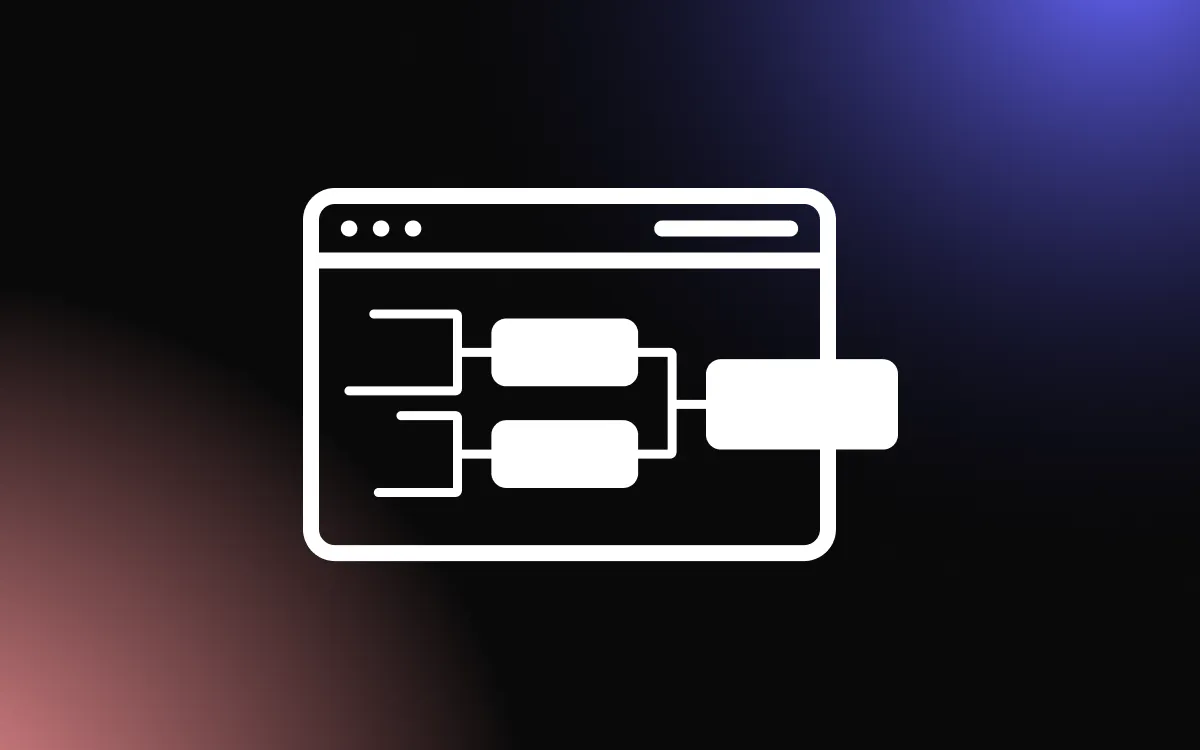
March Madness is a time of exhilaration and uncertainty as basketball teams from across the nation compete for the championship title. The anticipation of unexpected victories and unforeseen upsets has everyone rushing to fill out their brackets, hoping to predict the outcome of each game accurately. Crafting a winning bracket is no small feat, given the tournament's unpredictable nature.
This article will provide you with insightful tips and strategies to enhance your chances of constructing a triumphant March Madness bracket, helping you navigate through the sea of team choices with a discerning eye.
Understanding March Madness
March Madness is a term that reverberates through the United States every spring, as millions of people from different backgrounds come together to cheer on their favorite college basketball teams.
Overview of the Tournament
March Madness refers to the NCAA Men’s Division I Basketball Tournament, an annual competition that determines the national champion among major college basketball teams in the United States.
The event, held in March, captures the nation's attention with its thrilling games, unexpected outcomes, and the joy of victory or the agony of defeat. Fans across the country participate by creating brackets, predicting the tournament's outcome in hopes of winning office pools or other competitions.
History and Significance
The NCAA tournament has a rich history dating back to 1939. Its growth mirrors the rise of basketball's popularity in America, evolving from a small competition into a national cultural event.
It is a showcase for college athletes' talent and a chance for smaller universities to gain national recognition by upsetting more established programs. The event's significance transcends sports, permeating various aspects of society and culture, and bringing communities together in celebration or commiseration.
Format and Structure
The tournament’s structure is a single-elimination format, which adds to the excitement and unpredictability of the outcomes. It begins with 68 teams, which are whittled down to the "Sweet Sixteen," "Elite Eight," and "Final Four" in successive rounds, culminating in the championship game where the national champion is crowned.
Teams are selected by a committee and seeded based on their performance during the regular season and other tournaments. The matchups and the journey to the championship present numerous opportunities for lesser-known teams to make their mark, adding to the allure and excitement of March Madness.
Preliminary Research
Understanding and predicting the outcome of sporting events, especially a grand spectacle like March Madness, is an intricate task. Comprehensive preliminary research is paramount to making informed projections.
This research delves into various aspects, from analyzing teams and rankings to evaluating past performances, and understanding the current physical condition of the teams and players.
Analyzing Teams and Rankings
One of the initial steps in the preliminary research for March Madness is the thorough analysis of teams and their rankings. The rank of a team provides a snapshot of its performance relative to its peers, offering insights into its strengths and weaknesses.
Analyzing how teams have been ranked over the season, and the consistency of their performance, helps in understanding their potential for success in the tournament. It’s essential to delve into the specifics of each team's abilities, like offensive and defensive skills, to make a more nuanced prediction.
Past Performance and Trends
Assessing past performances and trends is another critical component. Historical data can provide valuable insights into a team's track record in tournament settings, their ability to handle pressure, and their performance against specific types of opponents.
Observing trends, like a team's performance curve leading up to the tournament, can also offer clues. A team peaking at the right time might overcome higher-ranked opponents, adding an element of surprise and excitement to the predictions.
Injury Reports and Team Dynamics
Injury reports and team dynamics play a crucial role in the research process. A key player's injury could significantly dampen a team's prospects, while a squad with strong chemistry and coordination might punch above its weight.
Evaluating the current physical condition of the players and understanding the team dynamics provides a more holistic view of the team’s potential in the tournament setting. It’s not just about individual talents but how well they synergize to overcome challenges.
Grasping the Seeding System
Explanation of Seeding
In the context of March Madness, seeding is a crucial component that influences the dynamics and outcomes of the tournament. The seeding system involves ranking the teams based on their performance during the season and other tournaments.
The NCAA selection committee assigns seeds to the 68 teams, arranging them within four regions. The highest-ranked team is placed against the lowest-ranked team in each region, theoretically making the path easier for top-seeded teams.
Impact on Tournament Outcomes
Understanding the seeding system is paramount for grasping the potential impact on tournament outcomes. Higher-seeded teams generally have an easier pathway in the early stages as they face teams with lower rankings.
However, the single-elimination format of March Madness ensures ample opportunities for upsets, where lower-seeded teams can triumph over their higher-seeded counterparts. These unexpected victories often contribute to the excitement and unpredictability of the tournament, making it an eagerly watched event every spring.
Strategies for Bracket Predictions
The seeding system also plays a significant role in formulating strategies for bracket predictions. Knowledge about the seeds can guide individuals in making informed choices while filling out their brackets.
While it's common to predict victories for higher-seeded teams, considering potential upsets by analyzing matchups, team forms, and other factors is essential for a more accurate and nuanced bracket. Historical analysis of how seeds have performed in past tournaments can further aid in making educated predictions.
Making Informed Picks
Weighing Upsets and Safe Bets
When making selections for the March Madness bracket, striking a balance between predicting upsets and choosing safe bets is vital. Upsets, where lower-seeded teams triumph over higher-seeded opponents, are a hallmark of the tournament, contributing to its unpredictability and excitement.
While it’s enticing to predict numerous upsets, it's essential to maintain a judicious balance. Overestimating upsets can be as detrimental as ignoring them altogether. Analyzing teams’ recent forms, head-to-head matchups, and players’ conditions can provide insights to make informed decisions about potential upsets.
Regional Considerations
Regional considerations play a significant role in making informed picks. Teams playing close to their home base might have a slight advantage, owing to familiarity with the venue and local support.
Understanding the geographic dynamics of the tournament matchups can offer an additional layer of insight for making more accurate predictions. It's also vital to consider the stylistic matchups between teams from different regions, as diverse playing styles and strategies can influence the game outcomes significantly.
Leveraging Expert Predictions and Analyses
In addition to personal research and analysis, leveraging expert predictions and analyses is an effective strategy for making informed picks. Numerous platforms offer detailed analyses, predictions, and insights from seasoned experts and analysts.
These insights, combined with personal research and understanding, can significantly enhance the accuracy of the bracket selections. Experts often have access to extensive data and employ sophisticated analysis tools, contributing a depth of insight that can be invaluable for making informed decisions.
Avoiding Common Pitfalls
Overlooking Lower Seeds
One of the common pitfalls in making March Madness predictions is the oversight of lower-seeded teams. It’s essential to acknowledge the potential of these teams to cause upsets and advance in the tournament.
Historically, lower seeds have had moments of notable victories, defying expectations and altering the course of the competition. To avoid this mistake, individuals should conduct a comprehensive evaluation, giving due consideration to the strengths and strategies of lower-seeded teams, and not just defaulting to the higher seeds as the assumed winners.
Bias and Favoritism
Another trap that many fall into is allowing personal bias and favoritism to cloud judgment. Fans might have a tendency to favor their preferred teams or alma maters, leading to irrational and emotionally driven choices.
This bias can skew the bracket and result in unrealistic predictions. It's crucial to approach the selection process objectively, setting aside personal preferences and making decisions based on performance, statistics, and factual information. An impartial analysis leads to more accurate and reliable predictions, enhancing the likelihood of success in bracket competitions.
Ignoring Team Matchups and Styles
Additionally, ignoring team matchups and styles is a prevalent error. Each team carries a unique playing style, strengths, and weaknesses, which can significantly impact the game outcome when pitted against the styles of opposing teams.
The nuances of these matchups should be analyzed to make more informed predictions. Evaluating how teams' styles and strategies align or clash, beyond just their seeding or rankings, can offer a deeper, more insightful perspective for making picks.
Utilizing Bracket Tools and Resources

Crafting a winning March Madness bracket requires not just intuition, but also the right resources. A game-changer in this domain is the bracket widget offered by Common Ninja.
This tool provides users with a clear visualization of matchups, enabling them to track progress and make decisions grounded in team performance and stats. By incorporating the Common Ninja widget into your bracket-filling strategy, you're equipping yourself with a tool that simplifies the process and enhances your predictive accuracy.
Whether you're a die-hard basketball fan or just diving into the March Madness frenzy, the Common Ninja bracket widget is an invaluable asset to have in your arsenal.
Balancing Risks and Rewards
Assessing Potential Upsets
An integral part of crafting a March Madness bracket is assessing potential upsets. This requires a deep understanding of each team's capabilities, past performances, and current conditions.
An upset, where a lower-seeded team defeats a higher-seeded opponent, is a frequent occurrence in the tournament, making it essential for individuals to critically analyze each matchup. Recognizing and accurately predicting these upsets can significantly enhance the accuracy and success of a bracket, delivering greater rewards and satisfaction.
Strategic Risk-Taking
Balancing risks and rewards involves intentional and strategic risk-taking. It's not always prudent to opt for the safe and expected choices. The unpredictable nature of the tournament often sees unexpected outcomes and surprising turn of events.
Therefore, strategically taking risks by backing lower-seeded teams or predicting upsets in specific matchups can lead to substantial rewards. However, it's vital to ensure that these risks are calculated and not just random selections. A well-thought-out, informed risk can make all the difference in a March Madness bracket, offering the potential for high returns and bragging rights.
Importance of Early Round Picks
The early round picks hold substantial weight in shaping the trajectory of a bracket. It’s not just about choosing the ultimate champion; the initial selections play a pivotal role in amassing points and solidifying the bracket’s standing.
Accurate early round picks lay a strong foundation, setting the stage for subsequent selections and potential victories. Ensuring a solid start by making informed, judicious early round choices is paramount in balancing risks and rewards, leading to a more robust and successful bracket overall.
Conclusion
In wrapping up, creating a winning March Madness bracket is as much about strategy as it is about enjoying the thrilling ride of the tournament. While there's no foolproof formula for predicting every game's outcome, the tips outlined in this article can significantly bolster your chances of success.
Remember to consider team statistics, pay attention to matchups, and listen to expert analyses, but don’t forget to trust your instincts and have fun along the way. After all, March Madness is as much about the joy of the game as it is about winning. Embrace the madness and let the games begin!


